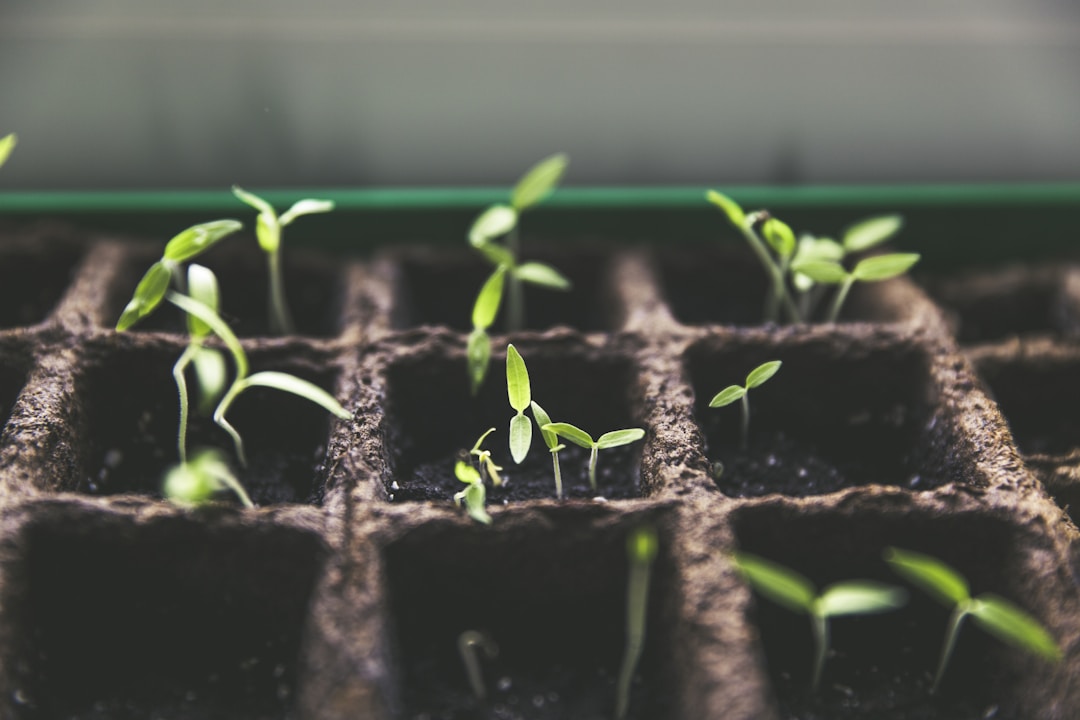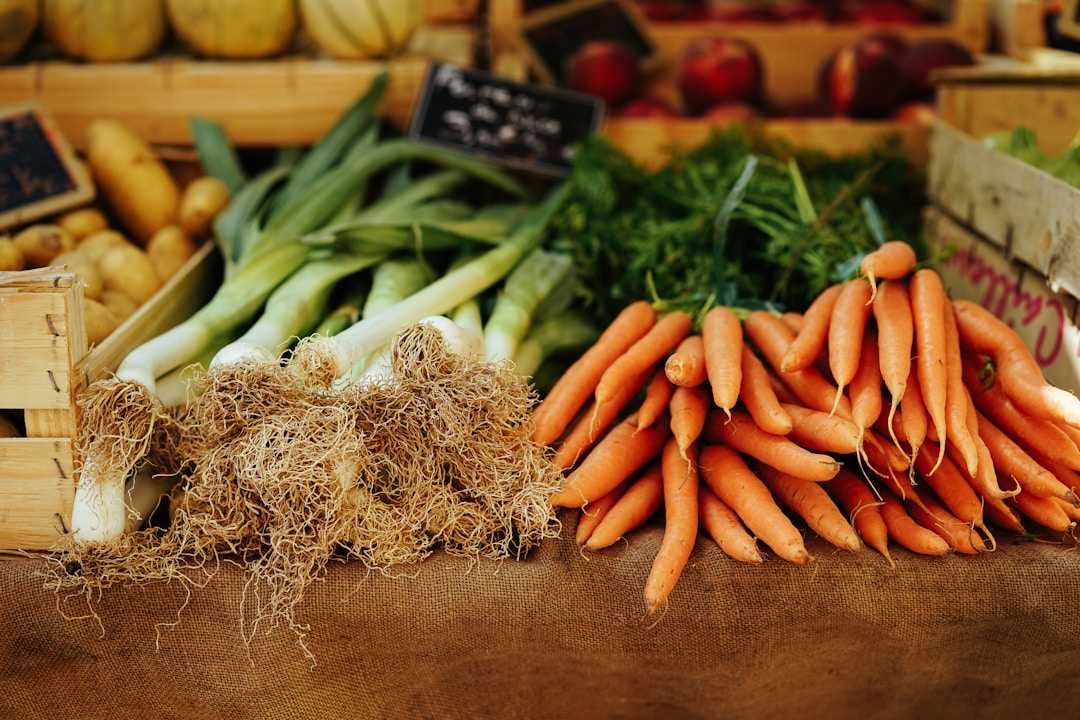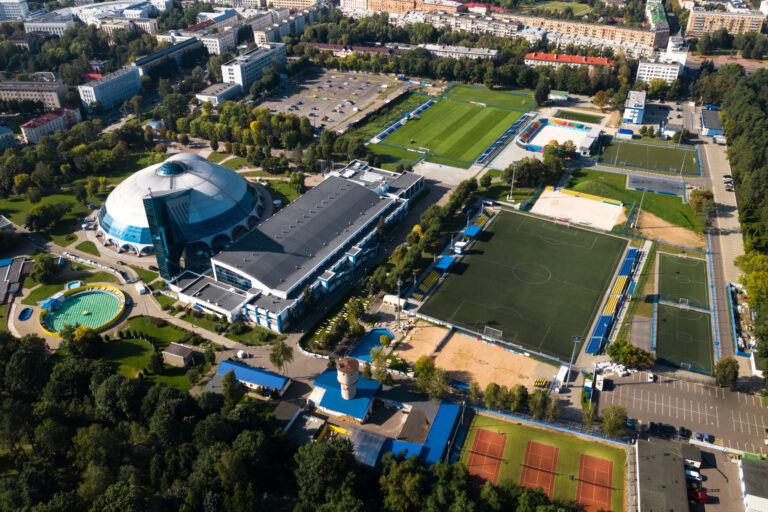Starting a farm is a compelling prospect for many adventurous individuals who are drawn to the idea of managing food resources and living a simple, self-sustained life. However, starting a farm is no small task and requires a significant amount of planning and hard work.
Whether you are thinking about starting a small family farm or a larger commercial operation, this article will guide you through the essential steps to start your farming journey. We will be discussing critical steps, including understanding your farming goals, learning the ropes of farming, choosing the right crops and animals, setting up your farming infrastructure, and marketing your produce. So, are you ready to begin your farming adventure? Keep reading!
Understanding Your Farming Goals and Objectives

The first step in your journey to starting a farm is to clearly define your farming goals and objectives. What do you hope to achieve through your farm? Do you wish to produce food merely for your family, or do you want to set up a commercial farming business? These questions are crucial as they will guide your decisions moving forward, and help you understand what kind of farm you need to set up. It’s advisable to start small and gradually expand your farm as your knowledge and experience grow.
The very initial conversations about your farming dream should focus on the type of farming you are interested in. Is it crop cultivation or dairy and meat processing or a combination of both? The choice is vast and varied, ranging from areas like organic farming to aquaculture. Once you have a clear understanding of your interests and aims, it’s time for some market research. It’s important to ensure that there’s a market for what you want to farm.
Learning the Ropes of Farming
Before setting up your farm, it’s important to learn about the basics of farming. This might involve gaining practical knowledge through an internship at a working farm or taking courses in agriculture. If you are completely new to farming, it will be worthwhile to spend a considerable amount of time learning about different farming techniques, soil management, crop rotation, and animal care.
One of the best sources of information is practicing farmers themselves. Hear out their experiences, their initial struggles, and how they tackled different farming issues. You can also join local farmers’ markets, agriculture fairs, and farming associations to connect with other farmers. Remember, farming is a lifelong learning process, and there is always something new to learn.
Meanwhile, agricultural construction Saskatchewan can guide you on how to construct farming infrastructures like barns, chicken coops, and greenhouses, among others. They can provide you with farming-friendly designs that are practical, durable, and efficient.
Assembling Your Farm Infrastructure
The next step in starting your farm is setting up your farming infrastructure. Invest in quality farming equipment like tractors, plows, harrows, and seed drills. Also, think about the infrastructure needed for any livestock you plan to keep. These might include barns for cows, coops for chickens, and shelters for goats or sheep.
A good water supply is a critical consideration when setting up your farm infrastructure. Farms typically need a significant amount of water for animals and crops. You may need to dig wells or create ponds to hold water.
One aspect that is often overlooked is an efficient cooling system. Keeping your farm building cool, especially during the hot summer months, is crucial, and for this, you can opt for services like Next Generation AC. A good air conditioning system can ensure that both you and your livestock stay comfortable and productive in the heat.
Marketing Your Farm Produce

When your farm is all set up, it’s time to think about marketing your produce. Smart marketing can mean the difference between a profitable farm and a struggling one. Start by identifying your potential markets. These can include direct consumer markets like farmers’ markets, wholesale markets like grocery stores and restaurants, and institutional markets like schools and hospitals.
Consider your sales venues and study your competition as well as pricing strategies. It’s also crucial to build a robust online presence through a farm website and social media to reach a wider audience. Remember, a well-thought-out marketing strategy can take your farm produce from the field to the plate of consumers.
Overall, starting a farm is a challenging yet fulfilling journey. It is the realization of a dream to live in harmony with nature while producing food. Though it may seem a daunting task, remember that every farmer started where you are now. With careful preparation and determination, you can grow a successful farm from the seed of an idea.














